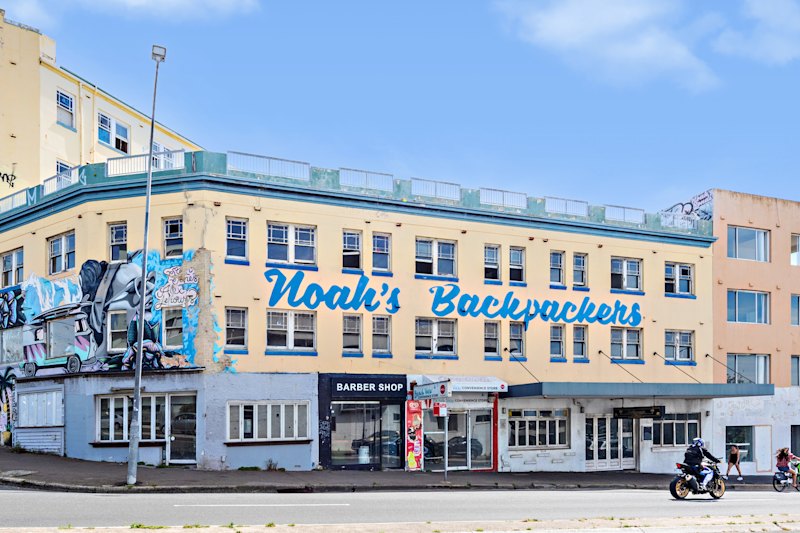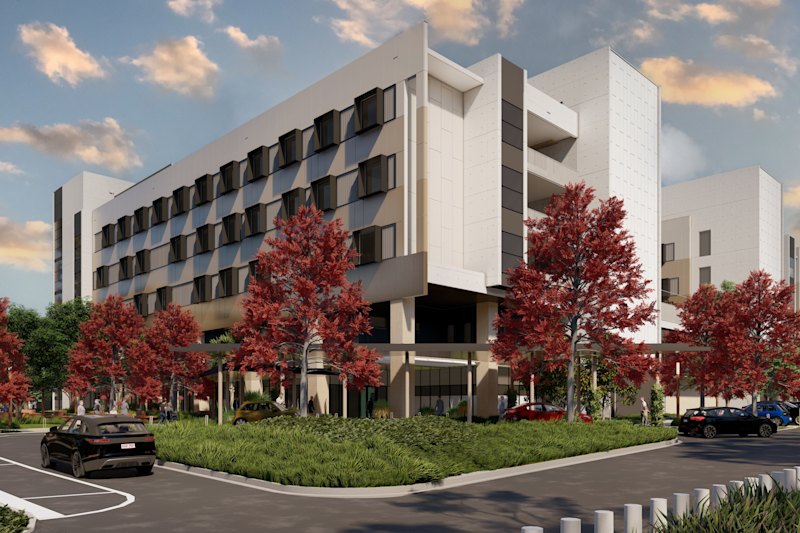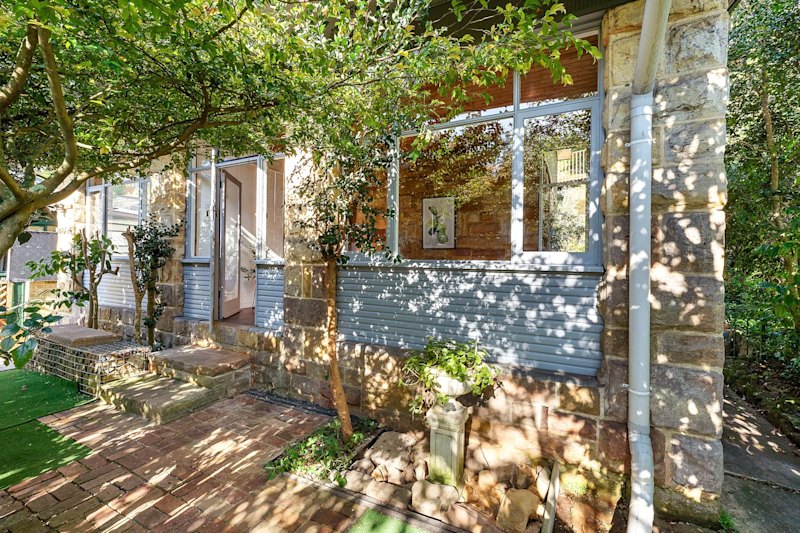Going solar: Seeing the light

The facts
A recent survey conducted on behalf of the Clean Energy Council found that a whopping 82 per cent of Australians surveyed had overwhelmingly positive opinions of solar panels. So, how do they work? And are they worth it?
Roof-mounted flat solar modules convert energy from the sun into direct-current (DC) energy. This is then inverted into alternating-current (AC) energy, which you can use to power household appliances. If your system connects to the grid, any excess energy can be fed back into the electricity network; otherwise, you can use a battery to contain the excess.
Costs
Costs can vary widely, depending on physical size, power, installation, durability, quality and other factors, such as after-sales care and certifications (some of which are necessary to qualify for government rebates). Roughly speaking, though, you are looking at from $2500 to $6500 for a 1.5 kW system, which, depending on where you live, could provide an estimated annual saving of approximately $530. (These prices include government incentives and are only a very general guide.)
As with anything, it’s best to shop around and get a range of quotes before coming to a decision. A good starting point is the Clean Energy Council’s free guide to buying and installing solar panels. In it, you’ll find handy information on different types of systems, as well as the range of incentives and tariffs available in each state.
Downsides
A number of factors can influence the efficiency of your solar panels. Solar panels located in places with a sunnier climate, such as Queensland, generate more electricity than those in, say, Tasmania. Air pollution can also act in the same way that clouds do and can impact the efficiency of solar panels (especially those within older systems). New technology, however, has seen the introduction of systems that can overcome these factors.
Another factor that may deter people is the rather high up-front cost of installation, but that will eventually be offset by reduced energy bills and even credits, if you sell power back to the grid. And when you compare it to the cost of laying high-voltage wiring in remote or difficult-to-access areas, solar energy can definitely be the cheaper option.
An issue many inner-city residents may find difficult to overcome is the lack of space for the solar panels. However, most people find their rooftops provide adequate room for smaller, but still very efficient, systems.
There can be little debate that clean energy is the way of the future. By installing solar panels, you might even feel good about doing your bit for the environment. With solar power, you can also save – or even earn – money. And that will definitely make you feel good!
We recommend
We thought you might like
States
Capital Cities
Capital Cities - Rentals
Popular Areas
Allhomes
More






